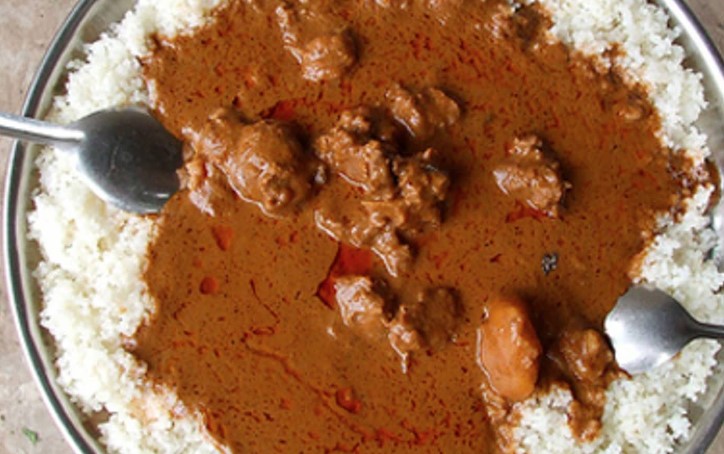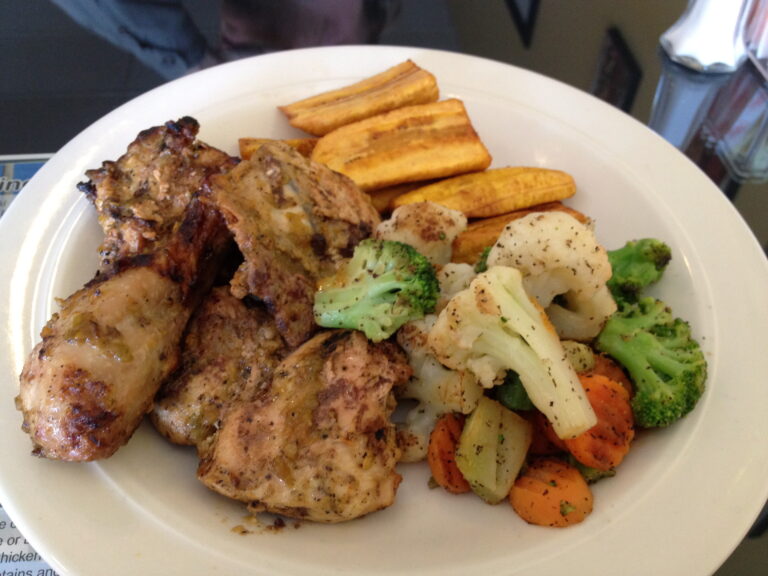Introduction: Nigerien Cuisine
Nigerien cuisine is a fusion of various West African dishes, which evolved over time due to the cultural exchange and influences from neighboring countries. It is a mix of flavors and spices that vary depending on the region, but the use of grains, vegetables, and meat is consistent throughout the country. In Niger, meals are often communal and served in large bowls or plates, emphasizing the importance of family and community.
West African Cuisine: A Brief Overview
West African cuisine is a diverse blend of flavors, spices, and cooking techniques. It is characterized by the use of grains, vegetables, and meat in various forms. Some of the popular West African ingredients include cassava, yam, plantain, millet, and sorghum. West African cuisine is also known for its flavorful spices, such as ginger, garlic, cumin, and coriander.
West African Influences on Nigerien Cuisine
The influence of West African cuisine on Nigerien cuisine is significant. Nigerien cuisine shares many similarities with the dishes found in neighboring countries such as Mali, Nigeria, and Senegal. The use of grains, vegetables, and meat is evident in Nigerien cuisine, which is a reflection of West African cuisine. The use of spices and herbs such as ginger, garlic, and chili peppers is also evident in Nigerien cuisine, which is a testament to the influence that West African cuisine has had on Nigerien cuisine.
Cultural Significance of West African Spices
Spices and herbs are an essential part of West African cuisine, and their cultural significance is undeniable. They are used to flavor dishes, add depth, and create a unique taste that is specific to West African cuisine. In Nigerien cuisine, the use of spices and herbs is just as important, as they add flavor and depth to dishes such as stews and soups.
Traditional West African Dishes in Nigerien Cuisine
There are several traditional West African dishes that are common in Nigerien cuisine. One such dish is Jollof rice, a one-pot rice dish that is made with tomatoes, onions, and various spices. Another popular dish is Maafe, a stew made with peanuts, vegetables, and meat. In Niger, this dish is often prepared with goat meat or chicken. Fufu, a starchy dough made from cassava or yam, is also a staple in Nigerien cuisine, and it is often served with soup or stew.
Conclusion: West African Influence on Nigerien Cuisine
In conclusion, West African cuisine has had a significant influence on Nigerien cuisine. The use of grains, vegetables, and meat, as well as spices and herbs, is evident in Nigerien cuisine, which is a reflection of the cultural exchange between Niger and its neighboring countries. The incorporation of traditional West African dishes such as Jollof rice, Maafe, and Fufu, only adds to the diverse and flavorful cuisine that Niger has to offer.






